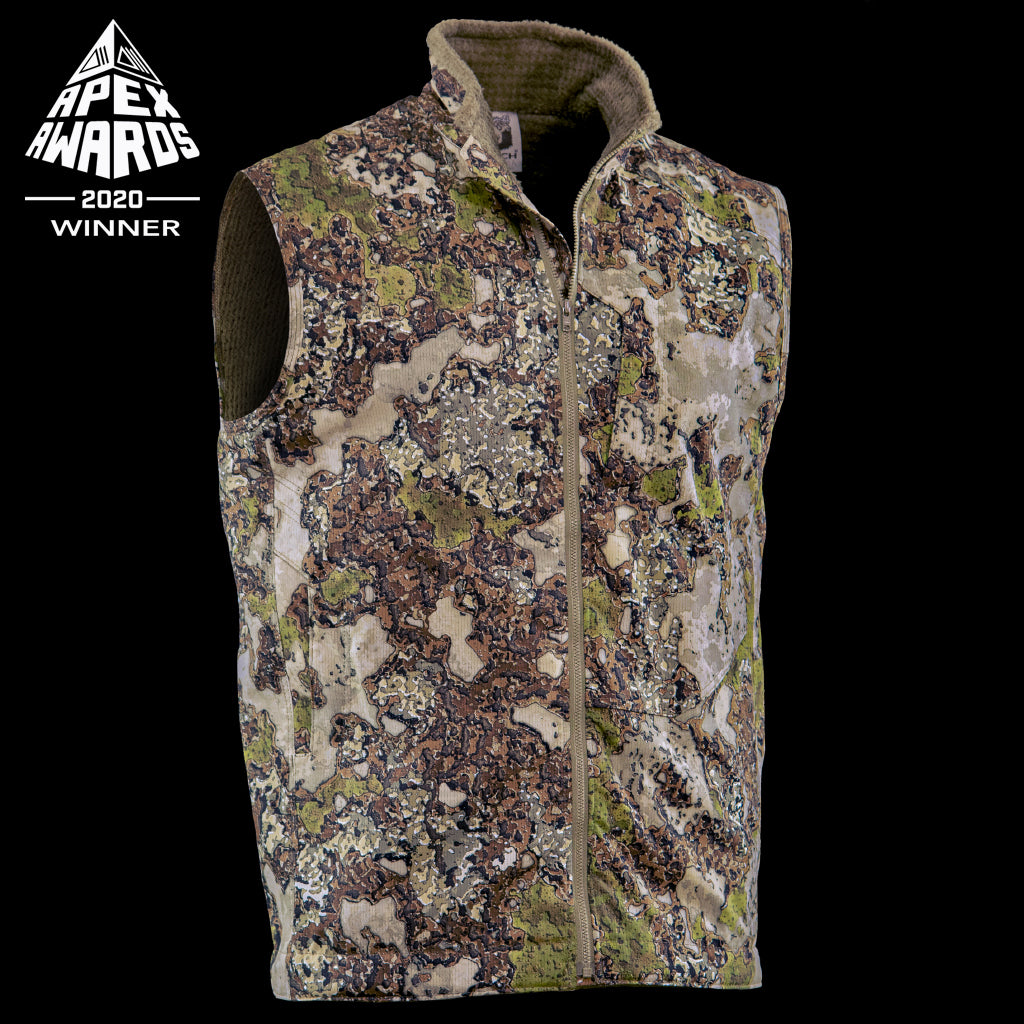I guess it depends on how it's used. I don't have any concerns at all about moisture buildup in merino during high output activities. In fact, I've done plenty of trail runs in rain and snow with no shell over a merino wool shirt where I get completely soaked through and honestly feel quite comfortable during the activity. I think merino does a fantastic job of regulating temperature in those conditions. That said, when I do that I'm always returning to the warmth of my home after I'm done. If I had to stay stationary in the cold afterwards, I might feel differently.I was thinking about a midweight merino for this application, but I'm concerned for moisture buildup during high exertion. I actually have a mountain ops merino hoody in my cart right along side their grid fleece right now haha
I picked up a backcountry branded Mtn Evo air hoody on black Friday. It's a God awful red color but it's 60 grams of primaloft evolve, full zip, hood, and pockets like my mdwi but with a little less insulation. I'm not sure it will fit the bill but boy for the money I paid I'll use it for rucks and hiking and be a big ol red glowing beacon lol
Just this morning after a hike I had little beads of moisture on the outside of an Icebreaker merino beenie and I've had the same thing happen on my arms and torso many times before as well. Merino does a great job of moving moisture for me, and even insulates well while wet. It does take longer to dry and if you are stationary while it's drying you'll feel cold for longer than with a synthetic. I tend to like hybrid merino fabrics to get a blend of benefits but for my uses I'm definitely a fan of merino wool.
That Icebreaker piece I mentioned above tends to dry quicker because of the fabric weave. It's not a true waffle grid, but similar in nature and moves moisture well.
Sent from my Pixel 6 using Tapatalk


